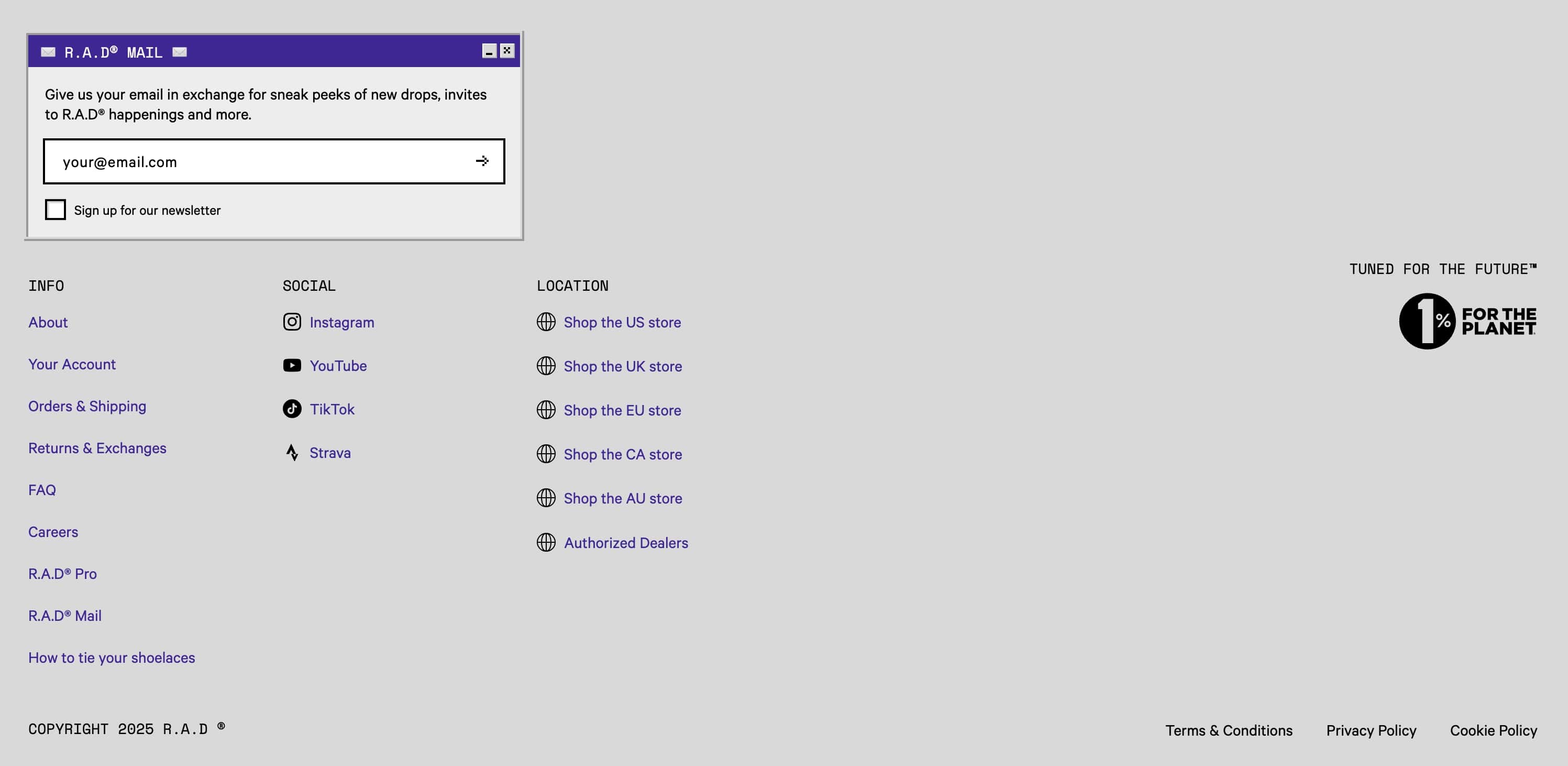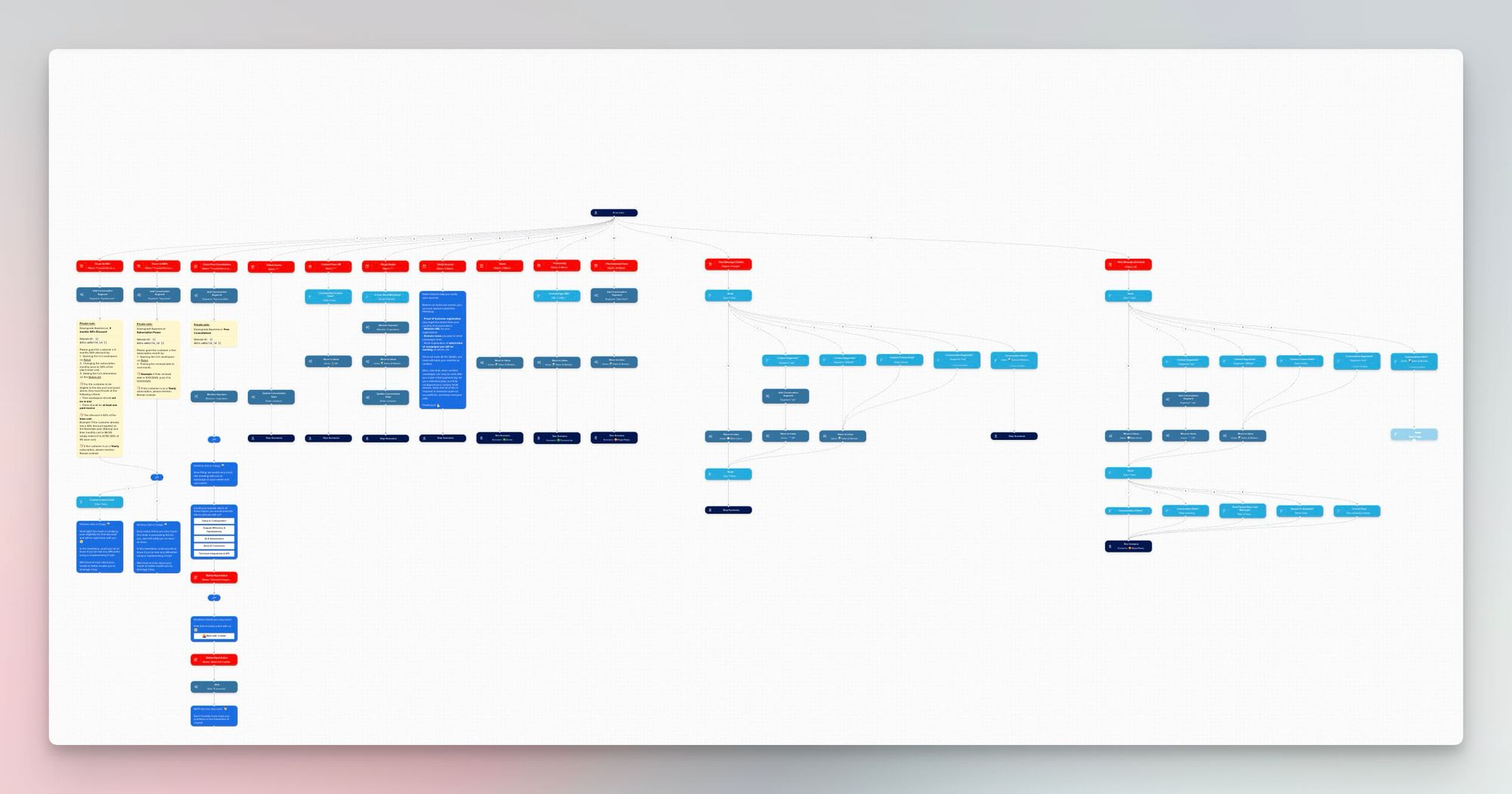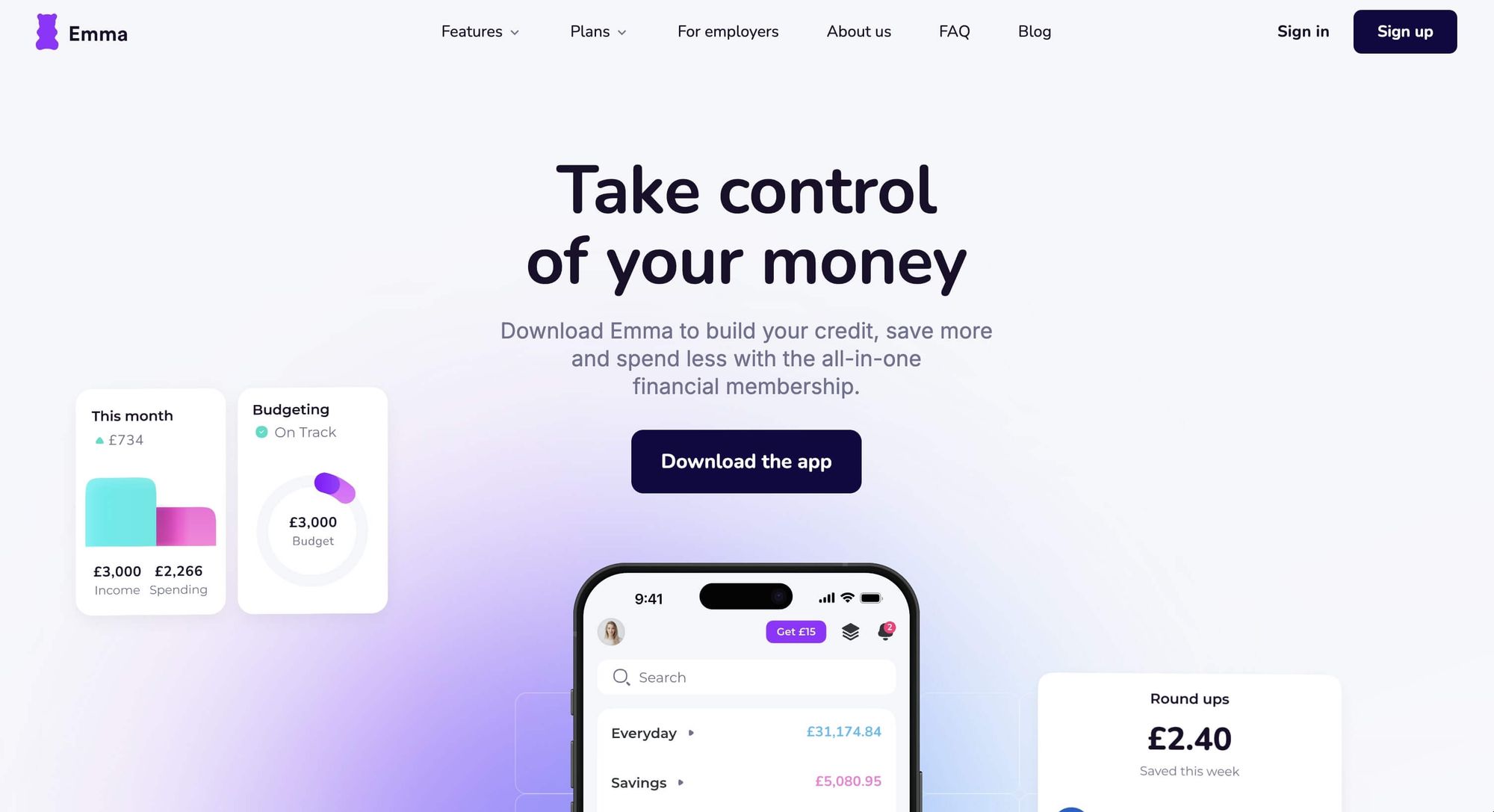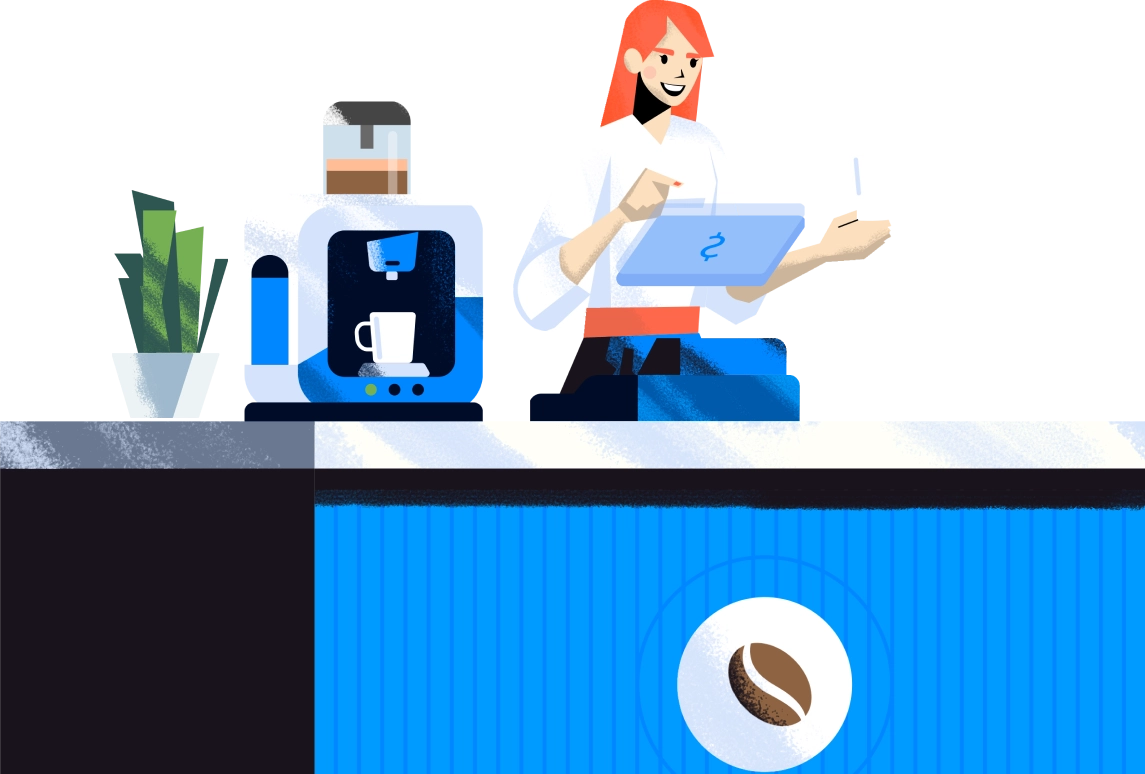Outdated FAQ articles aren't cutting it anymore: they leave customers frustrated and agents drowning in repetitive work. Modern AI chatbot self-service transforms this chaos by delivering instant, context-aware support that actually resolves queries.
Not only modern AI customer support chatbots software rely on multiple data sources (and not that good old outdated help center) but they also are trained to not hallucinate anymore.
Back in 2010, customer support “innovation” meant adding a searchable FAQ, deploying a scripted chatbot, or combining knowledge base artickes with a ticketing system experience. It felt modern at the time, until support teams realised those experiences couldn’t adapt, couldn’t learn, and couldn’t keep up with rising expectations of customers.
In 2025, the shift is structural. AI chatbots for customer support don't follow predefined paths; they interpret intent, combine data from your CRM, past messages, and product docs, deliver accurate replies in seconds and automate repetitive tasks thanks to MCPs integrations.
AI-powered self-service is the new baseline for companies that want to scale support without adding headcount.
Your customer support is chaotic, but it doesn’t have to be anymore
Chaos in support doesn’t come from customers being demanding. It comes from systems that can’t keep up. Conversations pile up because every answer requires a human. Agents jump between tabs, tools, channels, and workflows because tools and teams doesn't sync up.
Self-service was supposed to fix this. But FAQs buried in menus and scripted bots that fall apart off-script didn’t remove chaos: they multiplied it. They created more dead ends, more frustration, more support tickets that should never have existed in the first place.
AI-powered self-service forces us to question this status quo. Instead of pushing customers toward pages they’ll never read, AI interprets what people mean, not just what they type. It connects dots across your company's knowledge, past conversations, and product data to deliver instant, reliable resolutions. Tasks that once clogged your inbox stop being “tickets” altogether. They’re solved upstream, quietly, before they ever hit the human queue.
This is the shift support teams have been postponing: moving from reactive firefighting to proactive resolution. AI isn’t replacing your agents: it’s removing everything that shouldn’t require an agent in the first place.
The tools have evolved. Customer expectations have evolved. Self-service finally has to follow the same path.
And crucially, it meets modern expectations. Millennial and Gen Z customers don’t wait patiently for “business hours.”AI delivers replies in seconds, 24/7, without making your team work around the clock. The result is not just lower wait times, it’s a support experience that finally feels like it belongs in 2025.
The old way is broken: why static help articles no longer scale
Beware, we're not saying help articles are useless. We're saying they shouldn't be the only answer when you want to deliver a great self-service support experience.
The frustrating dead-end for customers
Customers face a frustrating experience with static help articles. They're often disorganized, hard to find:

Above is the footer of the RAD website. Who wants to go to your footer to find an answer?
or hard to navigate:

No search engine?! who wants to browse a never-ending list of boring questions.
McKinsey reports 66% of millennials expect real-time service. FAQs can't deliver this urgency.
When answers are missing, users create support tickets or worst, they leave. This defeats self-service goals and hurts customer satisfaction and revenue.
Here are multiple reasons FAQs are a dead-end for your self-service customer support strategy:
- Static FAQs create a dead-end for customers. They can't find quick answers and get stuck.
- FAQs lack personalization. They don't adapt to individual customer contexts.
- Common issues like shipping details or account changes aren't addressed clearly.
- Outdated policies on FAQs lead to confusion. Customers lose trust in your brand.
- Long, unstructured pages overwhelm users. They give up and contact support.
- FAQs fail to solve unique problems. Long-tail questions go unanswered.
- Static FAQ pages often distract from sales. Visitors leave product pages to check FAQs, reducing conversion rates.
- FAQs are not indexed in AI-powered searched engines.
All these problem drive toward one major problem: this increases ticket volume unnecessarily while providing a bad training for your AI because, let's be honest, most of these content are outdated.
Drowning your team in repetitive questions
Increase in support workload get your team bogged down in repeat queries.
Scalable support grows without hiring more staff. Business handles spikes effortlessly.
Chatbots provide instant 24/7 responses. Customers get help anytime, anywhere.
The evolution to intelligent self-service: from rules to AI-powered search experience
The era of rule-based chatbots is over
Early rule-based (aka scripted) chatbots followed fixed scripts. They could only respond to exact keyword matches. If a customer asked something outside these rules, the bot would fail. This often left users frustrated with generic replies like "I don't understand".
For example, a conversationnal agent might handle "How to pay my bill?" but fail with "Where's my payment confirmation?" Such rigidity made them impractical for real-world conversations. Updating them required constant manual work, increasing costs over time.

These systems lacked context understanding. They couldn't learn from past interactions. Human-like dialogue was impossible. Businesses quickly realized their limitations when customer queries became more complex. Many abandoned them for better solutions.
Contact rate KPI is outdated when it comes to measuring self-service support effectiveness
For years, customer support teams treated contact rate as a north-star metric. If fewer customers reached out, the logic went, self-service was “working.” That logic made sense in a world built on static FAQs, knowledge bases, and ticket deflection.
But in an AI-powered support ecosystem, contact rate collapses as a useful metric. Not because it’s “wrong,” but because it measures the wrong thing.
Contact rate measures only one thing:
the ratio between the number of website visitors and the number of customers who contact your team.
It says nothing about why customers contacted you, what they tried before reaching out, whether the answer was already known to the system, or whether AI silently resolved the issue without touching an agent’s queue.
AI changes everything.
Today, AI resolves questions before they become tickets. It interprets intent, offers step-by-step guidance, pulls from multiple data sources, and answers instantly. Those micro-interactions never appear in your traditional contact rate analysis. The metric can’t distinguish between:
— self-service that deflects
— self-service that prevents
— self-service that intercepts
— self-service that resolves
— and self-service that augments an agent
Contact rate only sees “contact” or “no contact,” which is fundamentally too binary for modern support.
In 2025, the goal isn’t to reduce contact.
The goal is to reduce unnecessary friction.
AI-powered support systems don’t just deflect—they reshape how demand appears. They turn what would become a ticket into a one-message resolution handled far from the inbox. In many cases, the customer never even enters a “contact flow.” Their issue is solved upstream.
Your KPI must evolve accordingly.
Measuring modern self-service effectiveness requires metrics that capture the quality and completeness of AI resolution:
— AI resolution rate
— Assisted resolution rate (AI + human)
— Time-to-self-serve
— Volume prevented, not deflected
— % of customers who solved issues without human effort
— Customer effort score across automated paths
Contact rate? It can’t reflect any of that.
Self-service in 2025 isn’t about stopping customers from contacting you.
It’s about empowering them to solve problems instantly, wherever they are, without jumping through holes.
That’s the vision. And the metrics must finally catch up.
The leap to AI-powered conversations
Modern AI chatbots use natural language processing to understand intent. They handle varied phrasing and misspellings.
Gartner forecasts a 30% support cost reduction by 2029.
AI chatbots meet this support demand instantly, improving CSAT scores significantly.
Tools like Crisp offer AI-powered assistant for customer service that are contextualized and trained specifically. They integrate with existing knowledge bases, and many other companies' sources ensuring accurate responses. This gives businesses control while automating repetitive tasks.
These tools scale effortlessly without adding staff. They learn from each interaction, becoming smarter over time. Businesses see ROI within weeks. True self-service support at scale is now possible.
What true AI-powered self-service looks like in action
Moving beyond clunky FAQs & outdated help center
AI-powered self-service isn’t a new skin on an old FAQ, it’s a complete shift in how customers find answers:
This transformation is visible everywhere: A user struggling with an integration or an API key doesn’t get redirected to a generic troubleshooting doc. the AI reads the error, asks clarifying questions, adapts its steps to the user’s context, and confirms whether the issue is resolved.
Password resets, login failures, environment configuration issues, network conflicts, cases that once clogged your support queue now get solved instantly, within the conversation.
And the role of knowledge bases changes too: FAQs and help center articles aren't seen as being destinations only. They become training data, fuel for the AI model that keeps learning, improving, and resolving issues with higher accuracy over time.
The content you’ve built for years doesn’t disappear; it becomes the intelligence that powers modern support.
Preventing repetitive conversations from entering the inbox
Instead of deflecting with a link, AI proactively solves the problem upstream.
Example:
- A user tries to update billing but uses an expired card.
- AI detects the failed payment event
- triggers a conversational flow in-app
- helps customer update payment details automatically
- Resolve the supportconversation
This prevents a ticket, a backlog entry, and an interruption for the team while being monitored from a higher point of view by support teams, if needed.
Automate admin tasks agents hate
With MCP connections, the system can execute actions safely by connected to your back-office:
- Reset a password
- Check customers' setup & settings for troubleshooting
- Toggle a permission
- Pull logs for the engineering team
- Check server status
- Pause or resume a subscription
These were previously human-only tasks. Now AI executes them with 100% accuracy.
Keep support consistent during growth spikes
A sudden product launch or feature announcement doubles traffic. Instead of drowning in tickets, AI absorbs the surge.
It handles onboarding questions, pricing clarifications, error troubleshooting, and general guidance, routing only the complex, emotional, or high-risk cases to humans.
Analytics evolve from “volume” to “intent + resolution”
Instead of counting tickets, leadership sees:
- Which intents AI resolved
- Where customers get stuck
- Which journeys drive friction
- Predicted CSAT
- Real-time FRT/TTR improvements
- cost per automated resolution
This unlocks product feedback loops and makes support a growth lever instead of a cost center.
The tangible benefits of scaling with chatbot self-service
Driving down costs and boosting team productivity
AI reshapes support economics in a way old-school automation never could. Costs don’t drop because teams “deflect tickets”; they drop because issues get solved instantly, upstream, before they ever hit an inbox. When routine questions disappear, agents finally have the bandwidth to handle the work only humans can do: complex troubleshooting, customer strategy, retention moments.
Below is an example of how your company can measure AI ROI with a AI Support Agent powered by Crisp
Example of a SaaS that boosted it's productivity by 127% thanks to an AI chatbot for customer support ⬇️
B2C support teams today face rising workloads: more channels, more conversations, and fewer people to handle them. Emma App decided to fight back, not with more hires, but with an AI-powered deflection strategy that paid off from day one.
The challenge: A small team, a growing user base, and no week-end support.

Emma is a fast-growing fintech helping users manage their money across the UK, US, and Canada.
With only five people in the support team, every weekend felt like a storm waiting to hit on the following monday. Either in terms of mental overload, or bad reviews on app stores.
“We wanted to serve users 24/7… but we were only five people.”
— Geoffrey Safar, Head of Operations at Emma
Every Monday started with:
- A backlog of unresolved tickets
- Poor App Store reviews from unanswered weekend messages
- A team on the edge of burnout
Something had to change!
The solution: Implementing Crisp AI Chatbot in their mobile app and website
Emma deployed the Crisp AI Chatbot, training the AI onto:
- Helpdesk and FAQ content
- Internal workflows for payment disputes
- Custom knowledge base and automation rules
Thanks to Crisp Mobile SDKs, they were able to automate conversation either on the mobile app and on the web version of the finance app for consumers.
Resulting in Crisp AI now handling :
- All weekend and overnight conversations automatically.
- Detecting customer intent and routing urgent issues.
- Resolves payment disputes without agent intervention.
The results: From overwhelmed backlog to balanced customer support
- ⏱ 3× faster resolution time on average
- 💬 100% of conversations handled over the weekend
- 📈 127% increase in conversation volume (from 3,500 → 7,200 per month), with zero new hires.
- 💸 Thousands saved each month through automated dispute workflows.
- 😌 No more Monday overload for the support team.
“It’s not about replacing support. It’s about keeping customers cared for — even when no one’s online.”
— Geoffrey Safar, Head of Operations at Emma
>>> Download the AI KPI Cheatsheet for tracking your AI ROI in your company
The savings aren’t theoretical. You can track them directly in your customer support analytics solution: fewer manual touches, higher agent utilization, dramatic drops in first-response times, and a clear, measurable number of hours saved every week.
Thanks to AI chatbots and virtual assistants, smaller teams scale further, faster, without the bloated systems or headcount expansions that traditional tools like Zendesk, Freshdesk or demand. The result is a lean support operation that finally matches the pace of the product.
Delivering instant, 24/7 support that customers love

Choosing the right tools: a new model for AI-powered autonomous support experience
Most teams don’t actually want a chatbot that “does everything.” This is why two models of AI support are emerging, and choosing the wrong one can break your entire customer experience.
The AI Copilot: human-controlled, accountable, safe
The AI Copilot is the modern version of assisted support. It drafts answers, suggests actions, summarizes conversations, and prepares workflows: but nothing goes live until a human approves it.
It’s Cursor-for-customer-support.
The Copilot never acts autonomously. It doesn’t send messages, modify accounts, or move money without validation. It works with your team, giving them superpowers while keeping humans fully in charge.
For industries where accuracy, compliance, or brand tone matter deeply: SaaS, fintech, B2B, healthcare, marketplaces, this model is essential. It guarantees quality, eliminates “bot anxiety” so support never becomes a black box you can’t control.
The result:
You get speed, efficiency, and consistency… without sacrificing trust and human relationship.
The AI Agent: fully autonomous, task-executing, always-on
The AI Agent is different from the AI Copilot. It doesn’t suggest, it acts. It answers customers end-to-end, executes tasks via APIs or MCPs, and resolves entire workflows without a human in the loop.
Password resets, refunds, billing updates, booking changes, subscription modifications — all done automatically.
It’s the future of autonomous support. It’s what large SaaS companies want when they need to handle 10× more conversations without hiring anyone.
But it requires strong data quality, a solid knowledge base, and trust in the AI’s governance. When done right, it transforms support into a zero-human system for routine tasks.
| Feature / Model | AI Copilot (Human-controlled) | AI Agent (Autonomous) |
|---|---|---|
| Who sends the final answer? | Human approves → bot sends | Bot sends instantly |
| Who executes tasks? | Bot suggests → human confirms | Bot executes directly |
| Ideal for | Teams needing oversight (SaaS, B2B, regulated industries) | High-volume teams wanting full automation |
| Risk level | Very low — humans validate everything | Higher — requires clean data + governance |
| Setup | Simple, safe, minimal change management | Requires deeper integration + MCP actions |
| Speed | Faster than manual support | Instant, no human bottleneck |
| Support volume handled automatically | 20–60% (assisted resolution) | 70–95% (fully autonomous) |
| Agent effort | Focus on quality, empathy, strategy | Focus only on complex escalations |
| Best metaphor | Cursor for support | “Set-and-forget” AI employee |
| Who stays in control? | Humans | AI (with guardrails) |
What both AI support systems have in common
Even if Copilots and Agents operate differently, they rely on the same essential features
They both require MCPs (Model Context Protocols)
MCPs are the backbone that allow AI to interact with your product safely.
Whether you choose a Copilot or an Agent, MCPs let the AI:
- fetch real-time data
- execute tasks
- validate information
- enforce permissions
- integrate seamlessly with your backend
The difference is simply who triggers the action: humans (Copilot) or the AI itself (Agent). But the infrastructure is identical.
They both need clean, high-quality data
No AI model performs well on messy knowledge bases or outdated help center content.
Both Copilot and Agent rely on:
- well-structured FAQs
- updated product documentation
- consistent tone and guidance
- clean conversation histories
- validated sources
Good data makes the Copilot insightful. Great data makes the Agent trustworthy.
Data quality is the fuel; MCPs are the engine. You can’t run either model without both.
FAQ about self-service strategies
Is there a chatbot better suited for customer support than ChatGPT?
ChatGPT is great for general tasks, but customer support needs more than just a language model. You need a tool that integrates with your CRM, learns from your support docs, and gives your team control over responses. For small teams, the best solution isn’t about the brand name, it’s about finding a system that works with your existing tools, saves time, and keeps your agents happy. Focus on features like context-aware replies, built-in integrations, easy setup, not just the hype or the price.
How can I build an AI-powered customer support chatbot that works for my team?
Start with a platform that lets you upload your FAQs, training data, set up simple rules and go live in just a few minutes. Most tools let you train the AI in a few days, with your team reviewing and editing responses before they go live. The goal? Get your chatbot handling routine questions quickly, so your agents can focus on complex issues. It’s not about building: it’s about choosing a tool that fits your workflow without the headache of endless setup and technical limitations.
What does self-service AI mean for customer support teams?
Self-service AI means customers get instant answers to common questions without human help, while your team focuses on complex issues. It’s not about replacing people, it’s about using AI to handle repetitive tasks, so your agents can do what they do best: solve tricky problems and build relationships. You keep control, your team feels empowered, and customers get faster help, without the chaos of too many tickets.
What’s the typical cost of implementing an AI chatbot for customer support?
Transparent pricing that scales with your team size—many tools start from $40-50/month for small teams, with costs growing as your needs expand. The key is to look for tools that track ROI through metrics like hours saved and CSAT improvements, not just the upfront cost. For example, reducing response times by 50% or freeing up 10 hours a week for your team is worth far more than a low price tag.









